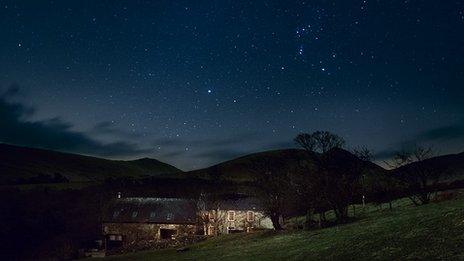Denbighshire lighting control plan to boost dark sky bid
- Published
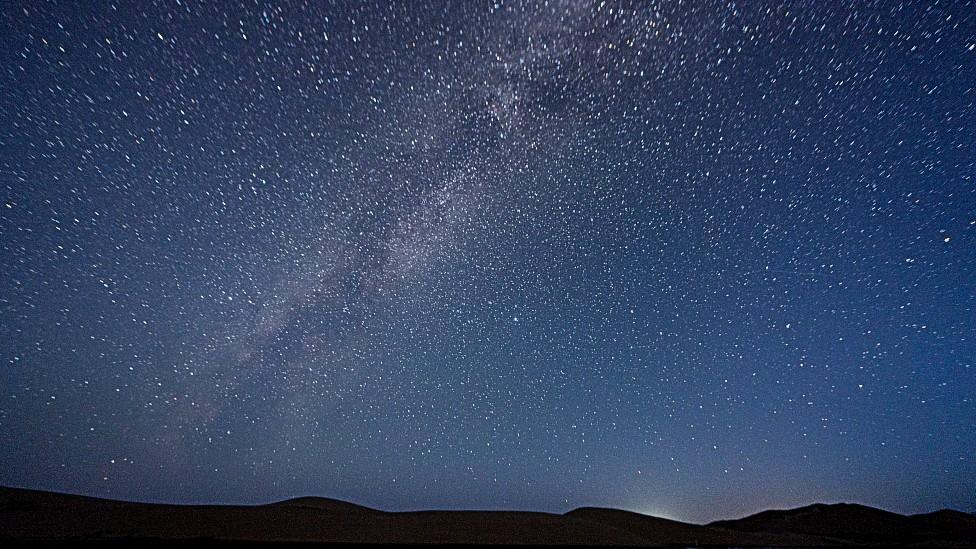
Controlling light pollution forms part of the conditions for getting dark sky status
Proposals to control lighting across large parts of north Wales to secure a bid for dark sky status will be heard.
The Clwydian Range and Dee Valley area of outstanding natural beauty (AONB) could become Wales' third dark sky reserve if the bid is approved.
It would join the Brecon Beacons and Snowdonia in holding the status.
Denbighshire council will meet later to consider proposals to bring in stringent criteria for lighting for any future developments in the county area.
The AONB covers an area from Prestatyn on the coast to Llangollen, 50 miles (80km) south, or 390 sq km (150 sq miles).
The local authority, along with neighbouring Flintshire and Wrexham, is being asked to introduce the supplementary planning guidance (SPG) for lighting in their areas.
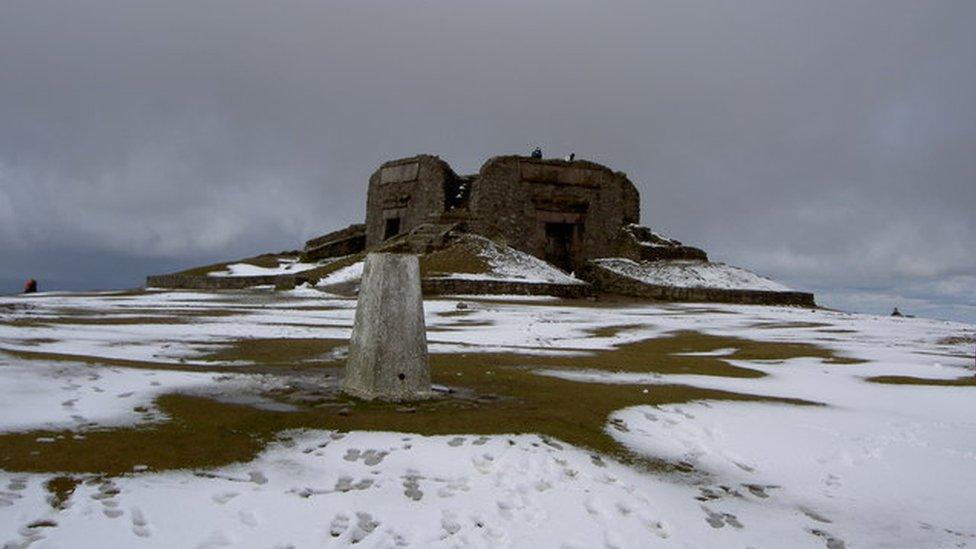
Moel Famau in the Clwydian Range is a popular destination for walkers
There are currently 18 dark sky reserves internationally, external, and the UK currently leads the way with seven of them.
Brecon Beacons National Park became Wales' first in 2013, followed by Snowdonia two years later.
The Clwydian Range AONB first voted to apply for the status in 2018.
The reserves have to have "exceptional or distinguished" quality of starry skies and a nocturnal environment that is specifically protected and meets minimum standards of sky quality and natural darkness.
The draft proposals over future development controls are expected to go out to public consultation later this month.
The document says: "The main conclusions are that the draft SPG will overall have positive impacts on the local economy, health and well-being and biodiversity. It will also contribute to a reduction in carbon emissions."
A reduction in light pollution could bring benefits to nocturnal animals, which the AONB says accounts for 60% of wildlife, as well as boost dark sky tourism for stargazers.
Some lighting installations would need planning permission if the SPG is passed.
"When designing a lighting scheme it is important that the design process considers how a proposal will interact with the night-time environment, the likely night-time use, and how the site layout, planning and design minimises the need for exterior lighting," the report says.
"Illumination should be appropriate to the surroundings and character of the whole area, not just the site."
Related topics
- Published2 February 2018
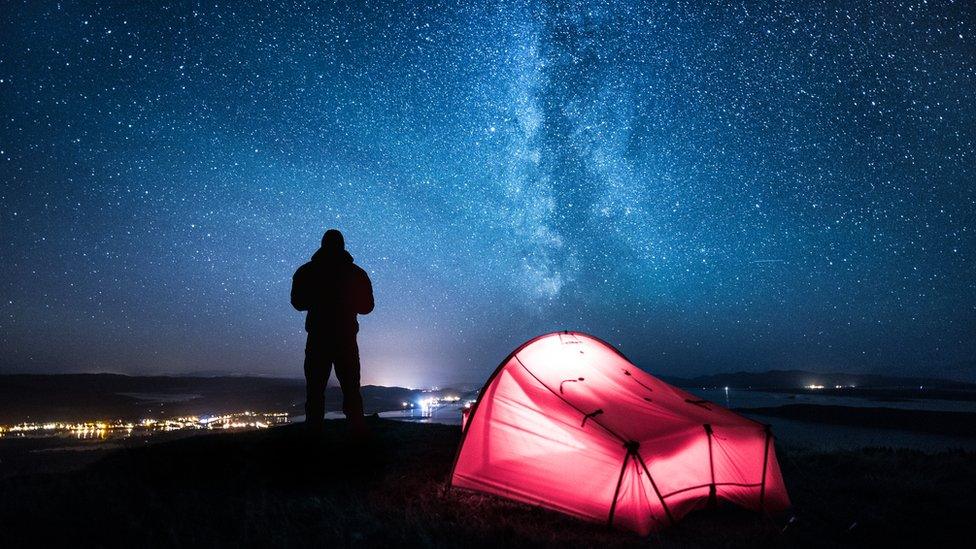
- Published24 April 2017

- Published4 December 2015
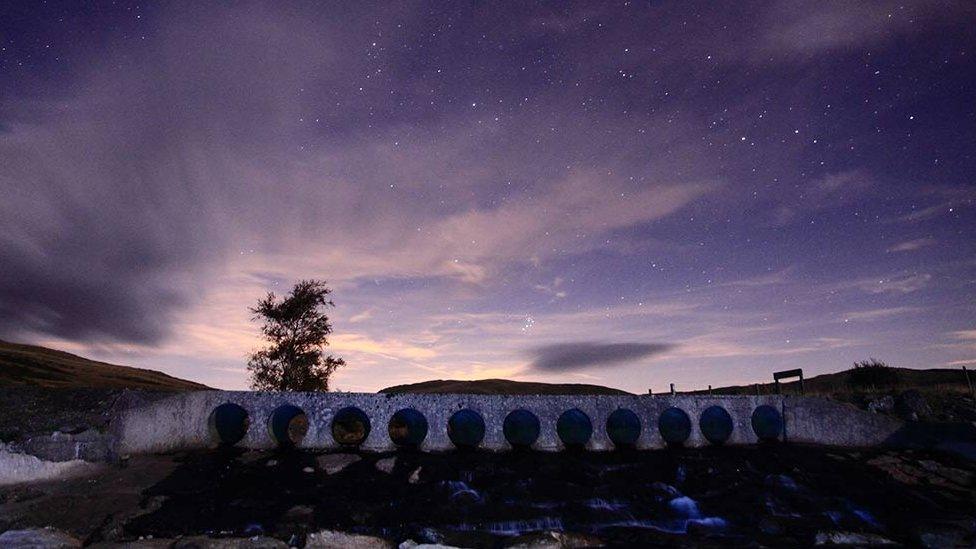
- Published19 February 2013
